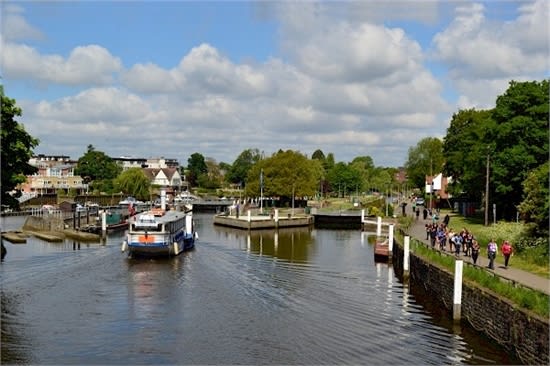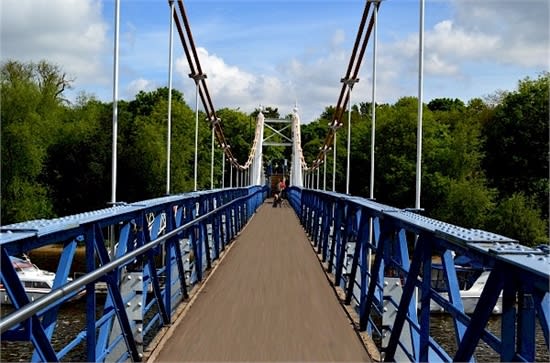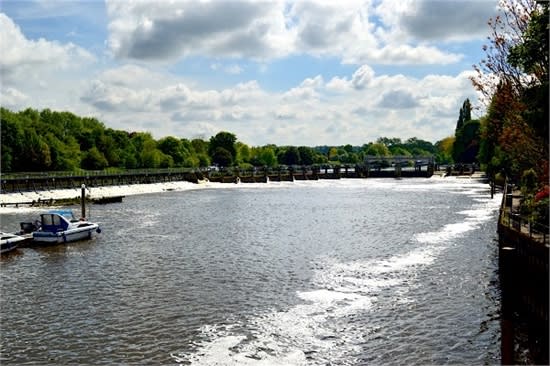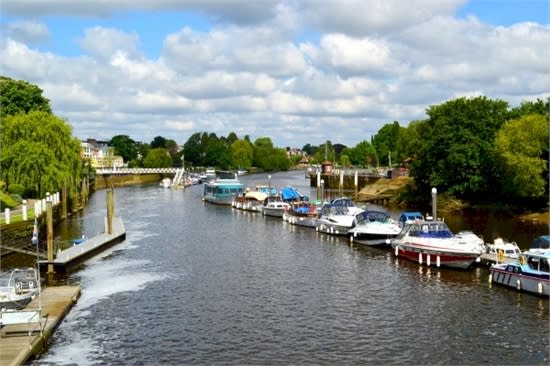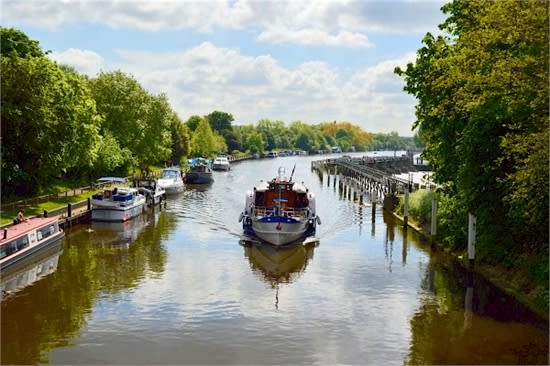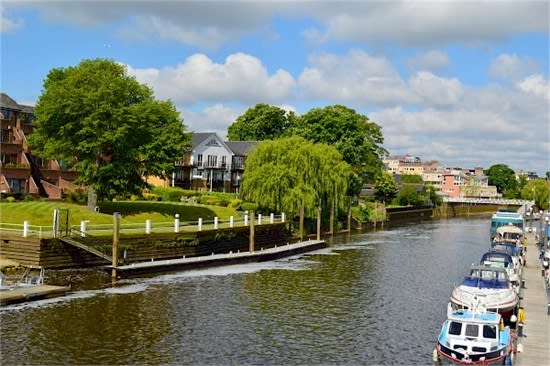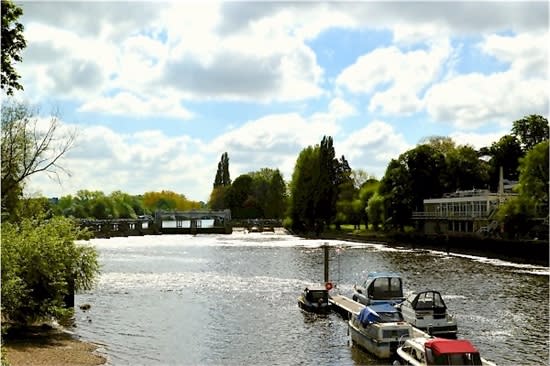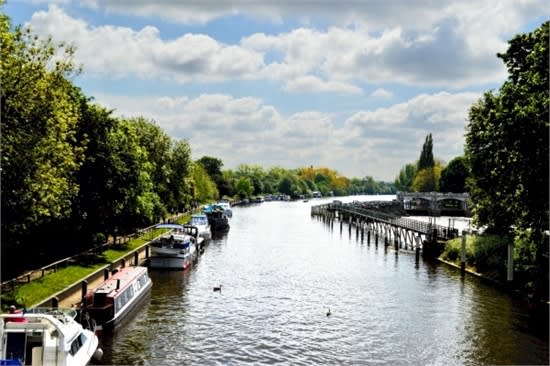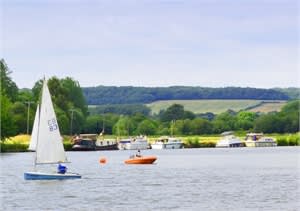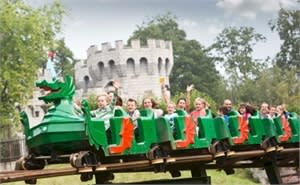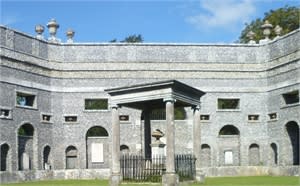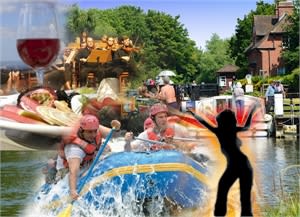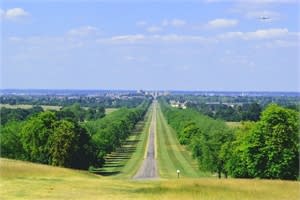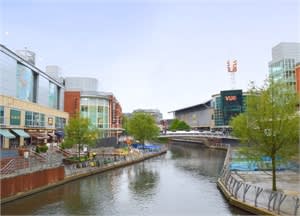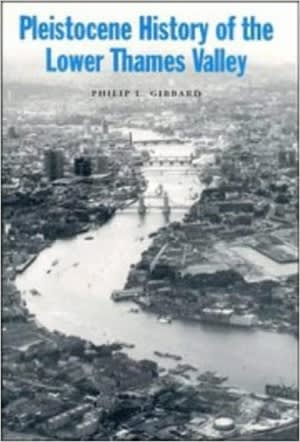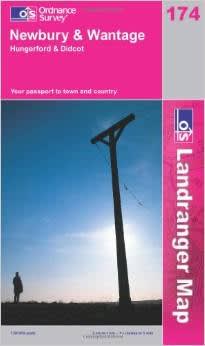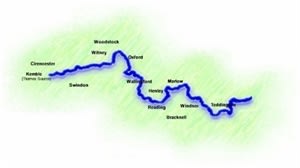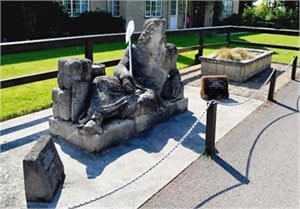-
How to get there
The closest you can drive will be either Teddington, or Ham, in the London Borough of Richmond upon Thames. However, due to the often difficult parking situation, you may have to walk the last bit (see parking).
-
Parking
It can be a bit of a hunt to find somewhere suitable to park, so be prepared. In Teddington, Ferry Road and Broom Road are best avoided due to parking restrictions and potential flooding. There may be some parking on Kingston Road, by the playing field, or in Burnell Avenue (Ham side). On busy days it may be best to park a bit further away and to, for example, walk back via the Thames Path.
-
Further Information
Wikipedia: http://en.wikipedia.org/wiki/Teddington_Lock
Teddington Lock
Teddington Lock, in the London Borough of Richmond upon Thames, south-west of London, is the last lock before the River Thames becomes tidal downstream. Built in the early 1800’s, it is a complex one weir and three locks, one of which, the barge lock, is the largest lock on the River Thames. In 1940, Teddington Lock was the assembly point for an enormous flotilla of small ships used in the Evacuation of Dunkirk.

Around the lock
The lock can normally only be reached on foot, either from Riverside Drive in Ham, or via one of the two footbridges crossing the River Thames near Ferry Road, Teddington.
There's a pub with a large beer garden and children's playground in Teddington, just by the beautiful western suspension bridge. From the bridge, you get a great view of the locks and the weir. Joining both footbridges is a small island, ideal for a relaxing stroll, although wooden ramps for cycles, pushchairs etc are only available on the Ham girder bridge.
Beyond the lock
Apart from the small island, you can walk along part of the Thames Path, which follows the river from Teddington Lock to Kingston Bridge, and then alongside Hampton Court Park to Hampton Court Bridge.
If that is not enough of a walk, Bushy Park is also just around the corner, immediately north of Hampton Court Palace. It is the second-largest of London's Royal Parks, and with 445 hectares, Bushy Park offers plenty of walking in amongst open grassland, wooded areas, ponds and freely roaming wildlife such as red deer.
General Information




